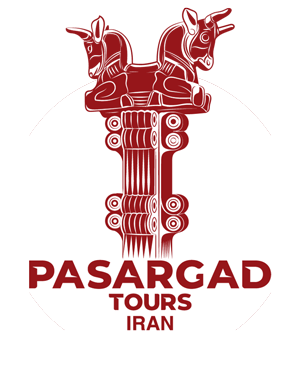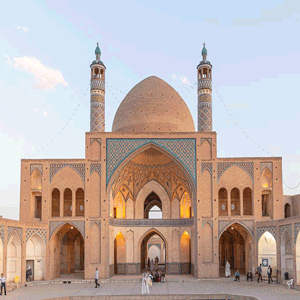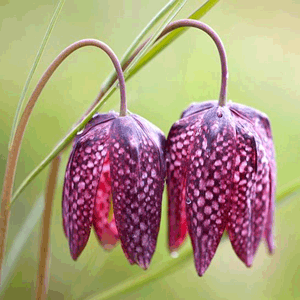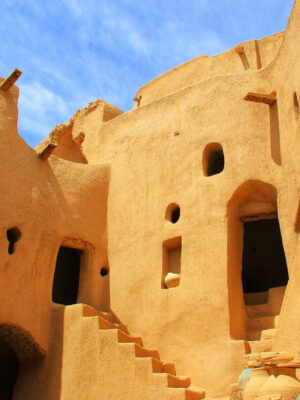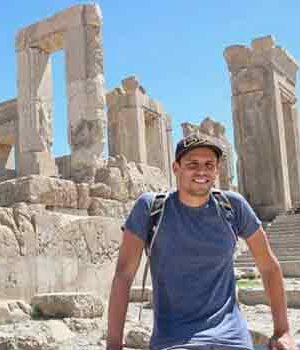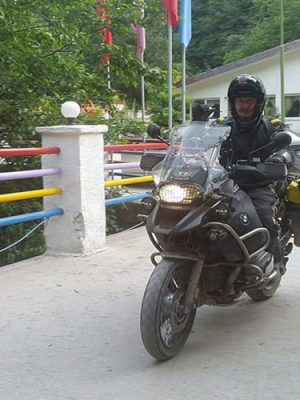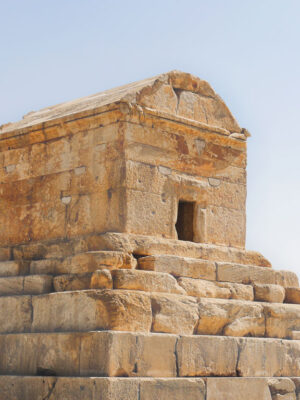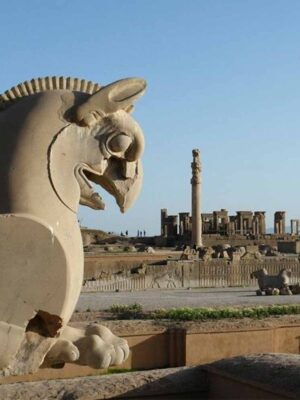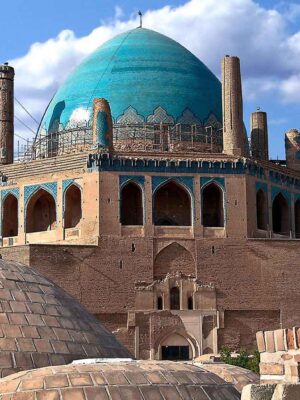Miniature painting
Miniature painting is one of the most famous arts in Iran. it is difficult to trace the origins of the art of the Persian miniature, but it reached to its peak mainly during the Mongol and Timurid periods (13th to 16th century). The most important function of miniature was illustration. It gave a visual image to the literary stories and poetry books such as Shahnameh (the book of kings) of Ferdowsi. Camel bone is the main material to do this painting on it and of course they paint on paper as well. in olden time ivory was used for this special kind of painting.
There were four main schools of miniature in Iran, Heart school, Tabriz school, Shiraz school and from 17th century, Isfahan school.
the flourishing period of Persian miniature in Shiraz was 14th century when the city witnessed a new rise in the development of its cultural life. This was the time of Saadi, Khajoo Kermani, and Hafez. Poetry and literature flourished so did miniature painting. In this period, some well-known artists moved to Shiraz from Samarqand and Heart, therefore, Shiraz school gained much more maturity to the extend that by the end of the 15th Century it was producing miniatures of highest quality.
Tabriz school of art was stablished at the end of 13th century and its illustrations tended to combine Far Eastern characters with the Byzantine style of painting.
In Tabriz school there was an emphasis on architecture and landscape and figures were painted livelier and more natural.
In 15th century the miniature school of Herat was established and many of the best artists from Shiraz and Tabriz moved there. Herat miniatures figure painting became much more skillful and drawing gained greater accuracy. As the skill of the painters increased, the figures were placed more confidently and the rhythmic structure of the composition became more complicated.
After Isfahan was selected as capital of Iran by the order of the King Abbas I, as the art and architecture was blooming there the Isfahan miniature school was established. Therefore, artists from Heart, Tabriz and former Safavid capital city Qazvin moved to Isfahan. In this period, the mural became popular as well and the Safavid palaces were adorned with them.
The characteristics of Isfahan style can be summarized in less use of colors and simple backgrounds containing some foliage and linear drawings as well as some clouds without coloring. And there were mainly love scenes, portraits and some even copied European pictures in Isfahan style.
Later during 18th and 19th century there appeared a new genre of flowers and birds.
Still this art is considered as an important art in Iran and there are many artists specially in the city of Isfahan who are doing miniature painting.
Miniature painting
Miniature painting is one of the most famous arts in Iran. it is difficult to trace the origins of the art of the Persian miniature, but it reached to its peak mainly during the Mongol and Timurid periods (13th to 16th century). The most important function of miniature was illustration. It gave a visual image to the literary stories and poetry books such as Shahnameh (the book of kings) of Ferdowsi. Camel bone is the main material to do this painting on it and of course they paint on paper as well. in olden time ivory was used for this special kind of painting.
There were four main schools of miniature in Iran, Heart school, Tabriz school, Shiraz school and from 17th century, Isfahan school.
the flourishing period of Persian miniature in Shiraz was 14th century when the city witnessed a new rise in the development of its cultural life. This was the time of Saadi, Khajoo Kermani, and Hafez. Poetry and literature flourished so did miniature painting. In this period, some well-known artists moved to Shiraz from Samarqand and Heart, therefore, Shiraz school gained much more maturity to the extend that by the end of the 15th Century it was producing miniatures of highest quality.
Tabriz school of art was stablished at the end of 13th century and its illustrations tended to combine Far Eastern characters with the Byzantine style of painting.
In Tabriz school there was an emphasis on architecture and landscape and figures were painted livelier and more natural.
In 15th century the miniature school of Herat was established and many of the best artists from Shiraz and Tabriz moved there. Herat miniatures figure painting became much more skillful and drawing gained greater accuracy. As the skill of the painters increased, the figures were placed more confidently and the rhythmic structure of the composition became more complicated.
After Isfahan was selected as capital of Iran by the order of the King Abbas I, as the art and architecture was blooming there the Isfahan miniature school was established. Therefore, artists from Heart, Tabriz and former Safavid capital city Qazvin moved to Isfahan. In this period, the mural became popular as well and the Safavid palaces were adorned with them.
The characteristics of Isfahan style can be summarized in less use of colors and simple backgrounds containing some foliage and linear drawings as well as some clouds without coloring. And there were mainly love scenes, portraits and some even copied European pictures in Isfahan style.
Later during 18th and 19th century there appeared a new genre of flowers and birds.
Still this art is considered as an important art in Iran and there are many artists specially in the city of Isfahan who are doing miniature painting.




